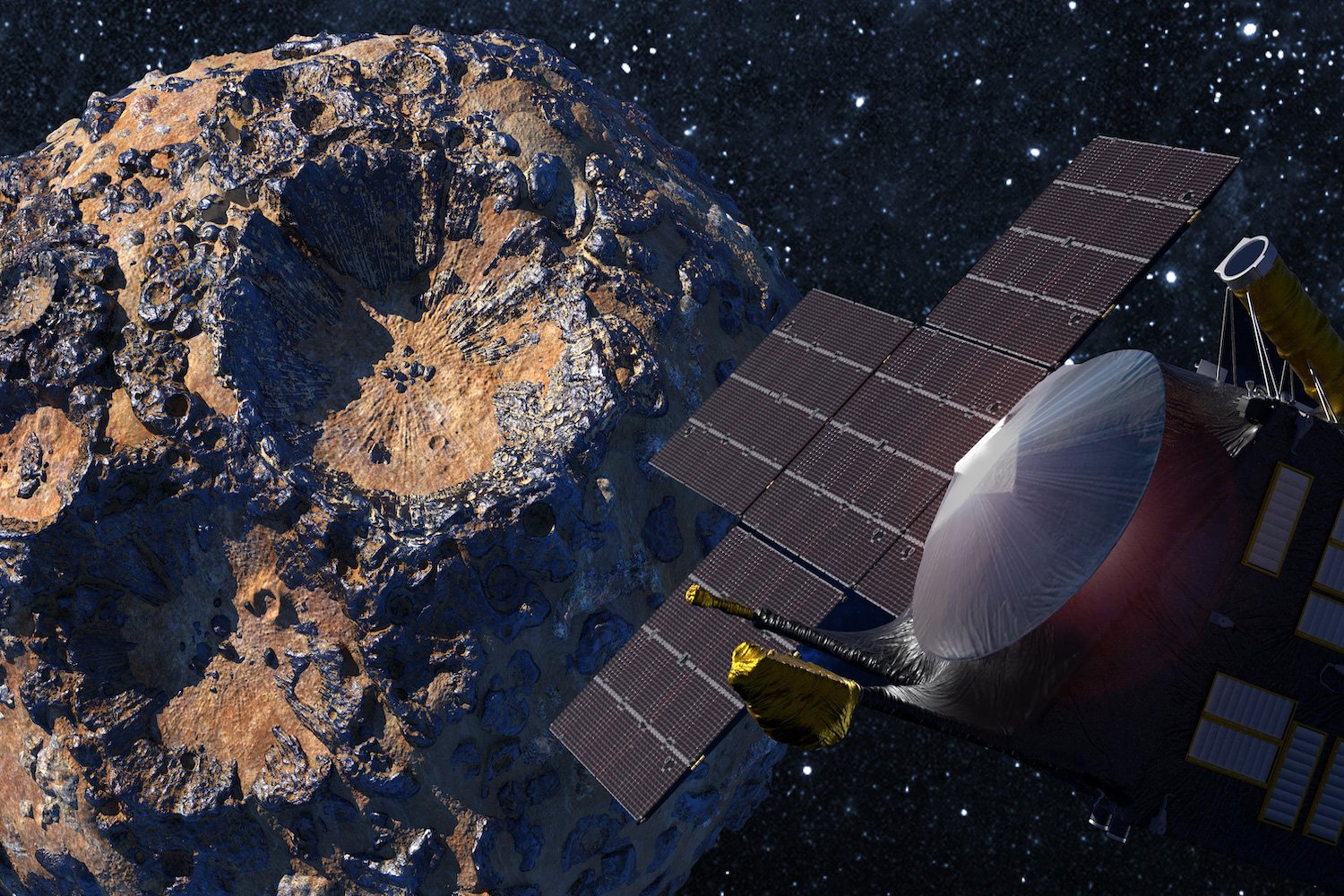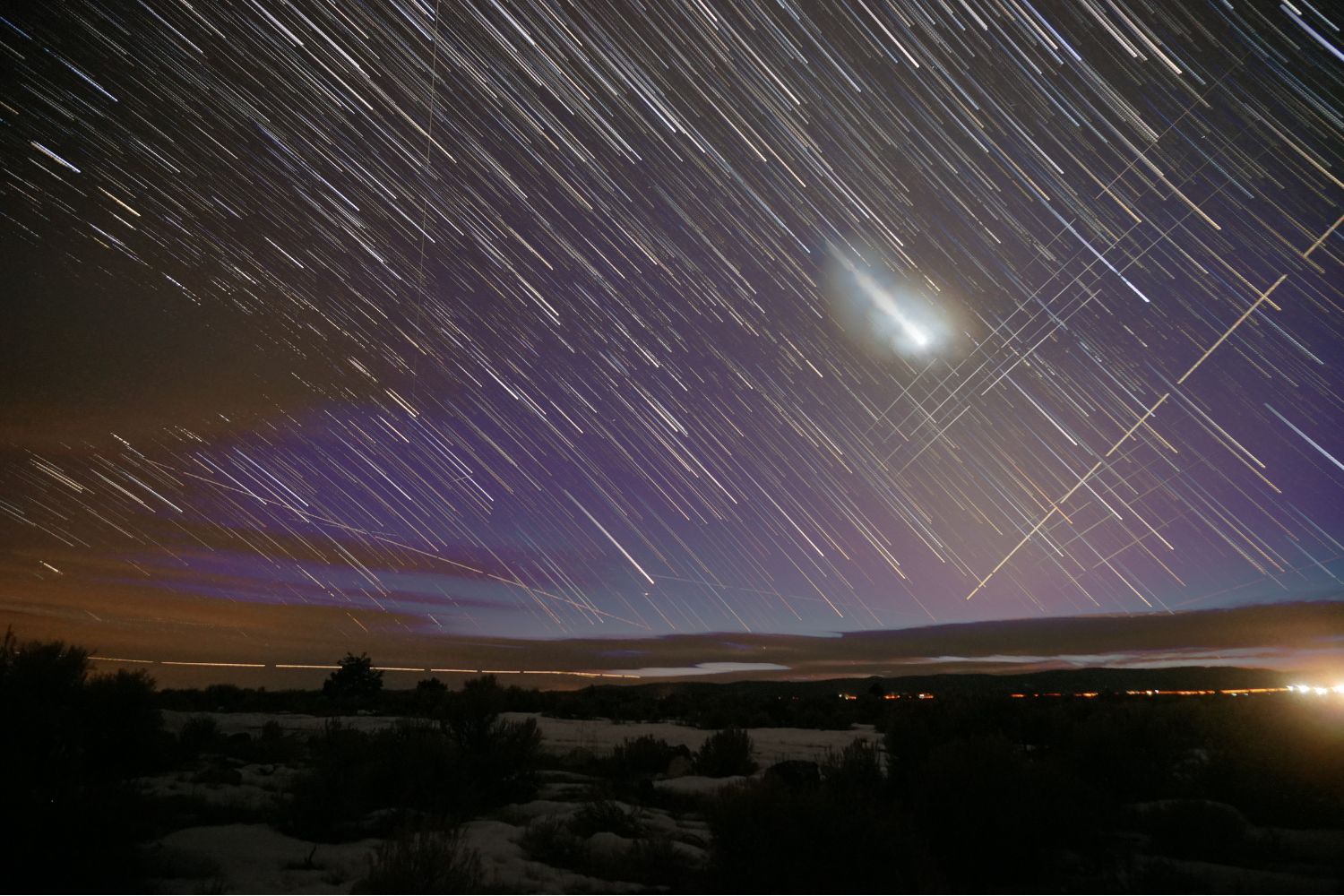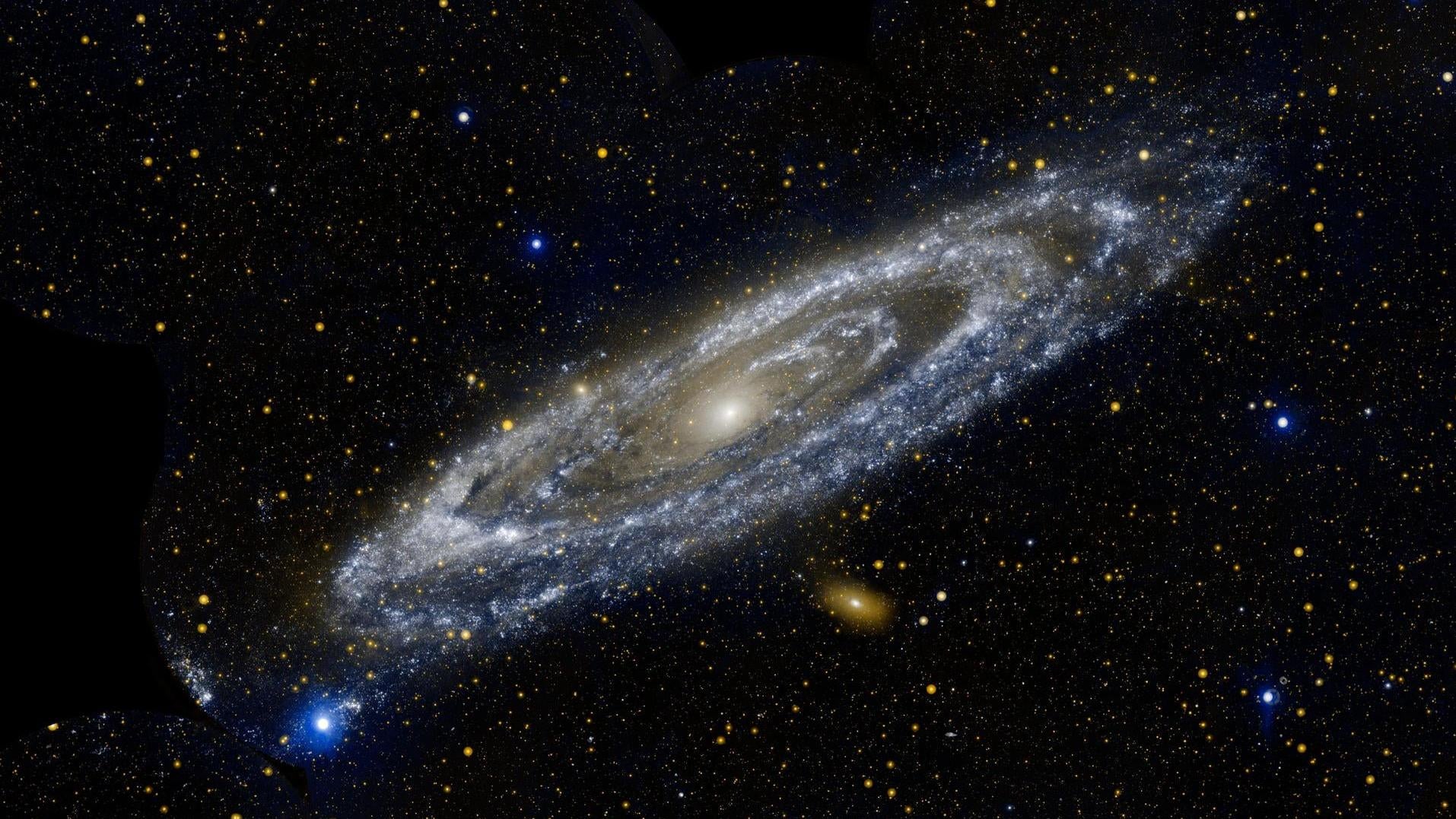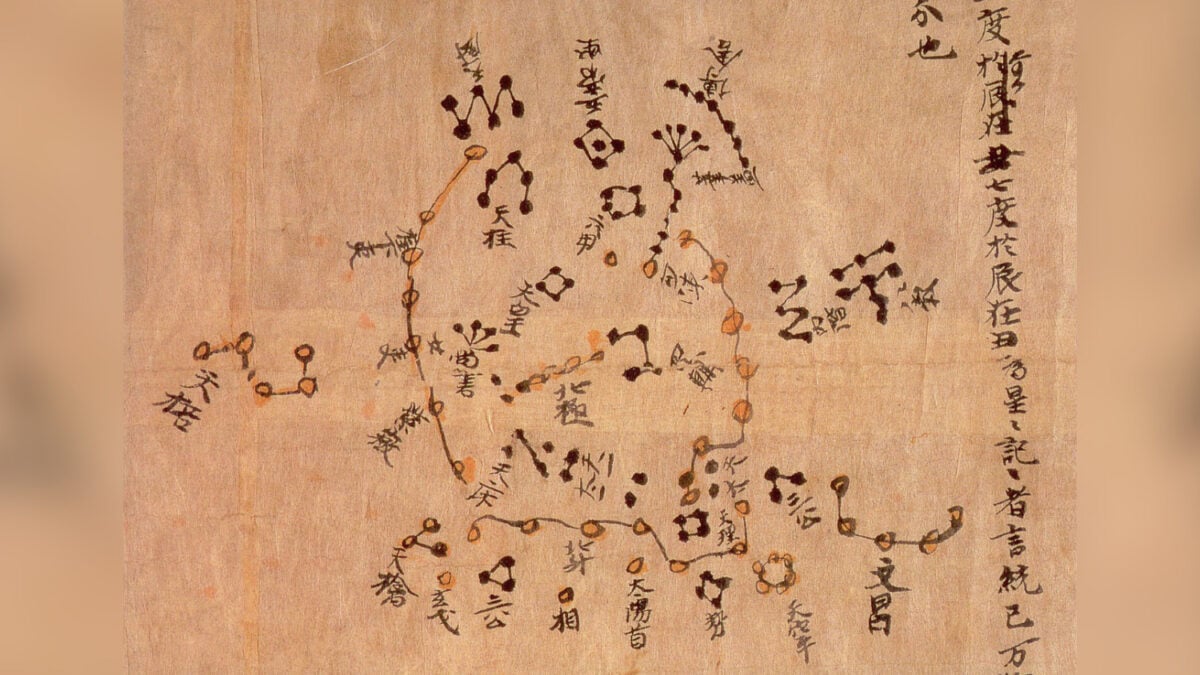While the Sun’s eventual transformation into a red giant poses a distant threat to Earth, a new study highlights a more immediate, albeit unpredictable, menace: passing stars. These stellar encounters could significantly disrupt our solar system stability, potentially leading to catastrophic planetary collisions or even flinging Earth out into the cold darkness of space.
The Unseen Danger of Stellar Flybys
Astronomers traditionally model our solar system as an isolated entity. However, the Milky Way galaxy is a dynamic environment, bustling with stars. Occasionally, these stars can stray too close, exerting gravitational influences that jeopardize the delicate balance of planetary orbits. A recent study published in the journal Icarus investigates this very scenario, suggesting that nearby stellar flybys could destabilize the solar system, increasing the chances of planets colliding or Earth being ejected from its life-sustaining path.
Mercury: The Solar System’s Volatile Inner Planet
Though most passing stars will have negligible effects, a single close encounter could unleash chaos, primarily due to Mercury. As the innermost planet, Mercury’s orbit is inherently prone to instability, capable of becoming increasingly elliptical. Scientists theorize that this growing eccentricity could destabilize Mercury, setting it on a collision course with Venus or the Sun. The gravitational tug from a nearby passing star would only exacerbate this pre-existing vulnerability, potentially accelerating such a calamitous event.
Simulating a Destabilized Cosmic Neighborhood
To quantify this cosmic threat, researchers conducted 2,000 simulations utilizing NASA’s Horizons System, a precise tool for tracking celestial body positions. By introducing scenarios involving passing stars over the next five billion years, they discovered that such stellar flybys could render the solar system approximately 50% less stable. The simulations indicated a 3.9% probability of Pluto being ejected. Mercury and Mars were identified as the planets most frequently lost following a stellar encounter. While Earth’s direct instability rate is lower, its orbit could be fatally disrupted if another planet were to crash into it.
The Violent Nature of Stellar-Driven Instability
The study underscores a critical distinction: “the nature of stellar-driven instabilities is more violent than internally driven ones,” as stated by the researchers. They elaborate, “The loss of multiple planets in stellar-driven instabilities is common and occurs about 50% of the time, whereas it appears quite rare for internally driven instabilities.” This finding suggests that when external stars interfere, the consequences for the solar system’s architecture can be far more severe and widespread than previously anticipated through internal dynamics alone.
Earth’s Future: An Increased Orbital Risk
Ultimately, the research indicates that the probability of Earth’s orbit becoming unstable due to these external stellar influences is hundreds of times greater than earlier estimates suggested. This emphasizes the complex and interconnected nature of our solar system’s long-term fate, highlighting that threats to Earth’s future can emerge from the vastness of interstellar space. Understanding these dynamics is crucial as we continue to explore our place in the cosmos.











